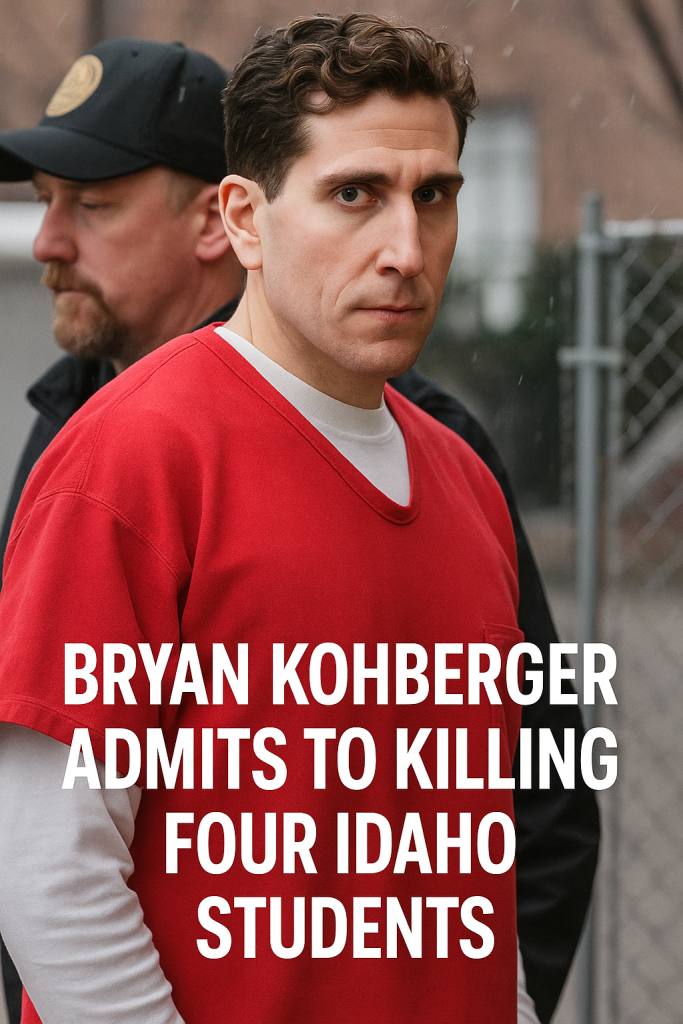The long-awaited breakthrough in one of the most harrowing cases of recent years has come to light as Bryan Kohberger has formally admitted to the murders of four college students in Idaho. This confession is a pivotal development, prompting media organizations to vigorously request the removal of the longstanding non-dissemination order that has restricted the flow of information about the case since its inception in 2022.
Kohberger’s admission marks a turning point after nearly two years of intense investigation and public anxiety surrounding the tragic deaths. The victims, all students at a university in Idaho, were fatally attacked in a crime that shocked the local community and the nation, catalyzing widespread calls for justice and transparency.
Following the confession, media entities have urged the courts to lift the non-dissemination order, which was originally imposed to protect the integrity of the investigation and prevent contamination of evidence or jury bias. The order effectively kept many details under wraps, fueling speculation and frustration among the public hungry for answers.
The Impact of the Confession
Bryan Kohberger’s admission not only confirms long-held suspicions but also potentially accelerates judicial proceedings. His confession could influence the plea bargaining process, court hearings, and ultimately the sentencing phase. Legal experts suggest that this acknowledgement may spare the families and community from a prolonged trial, although they caution that formal judicial procedures will still need to unfold.
Community and Legal Responses
The families of the victims have expressed a mix of relief and sorrow following Kohberger’s admission. Relief that the truth has emerged, yet profound sorrow over the senseless loss of young lives. The local community remains united in mourning but is also hopeful that this chapter brings some measure of closure.
Legal professionals involved in the case emphasize that lifting the non-dissemination order would serve the public interest by allowing full transparency about the case developments and more detailed insight into the evidence and legal discussions. Media organizations argue that removing these restrictions is critical to upholding journalistic integrity and the public’s right to be informed.
Background of the Case
In late 2022, the brutal killings of the four students rocked the university town and sparked a massive law enforcement response. Investigation teams meticulously worked to collect forensic evidence, unravel digital footprints, and interview witnesses. Kohberger was arrested months later as the prime suspect based on a combination of circumstantial evidence and forensic links.
During the period when the non-dissemination order was in force, media and civil rights advocates regularly called for transparency balanced against the need for a fair trial. The recent confession intensifies the debate over how much information the public should have access to at this stage.
What’s Next?
With the confession now public, the court is expected to review the request to lift the non-dissemination order imminently. Observers anticipate that more details about the investigation, evidence, and Kohberger’s motives will soon emerge, providing a fuller picture of this tragic case.
This development is a poignant reminder of the complexities involved in high-profile criminal cases—balancing justice, transparency, and the sensitivities of those involved. As the legal process continues, the focus will remain on delivering justice for the victims while respecting the rights of all parties in the judicial system.
The Bryan Kohberger case underscores the importance of perseverance in investigations and the crucial role of open information once justice is within reach. It also highlights the enduring impact such tragedies have on communities and families striving for closure.



